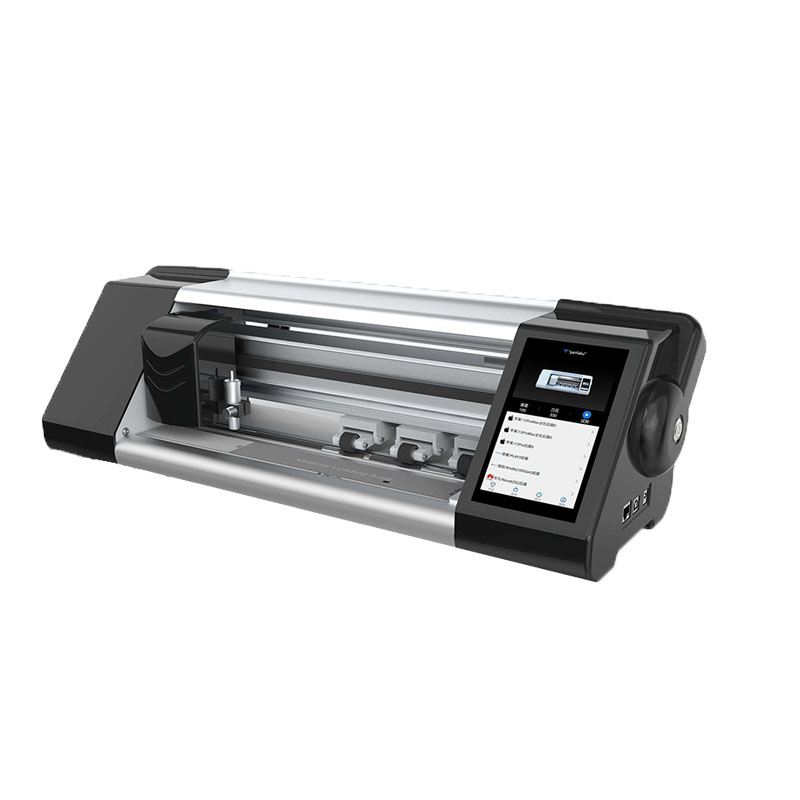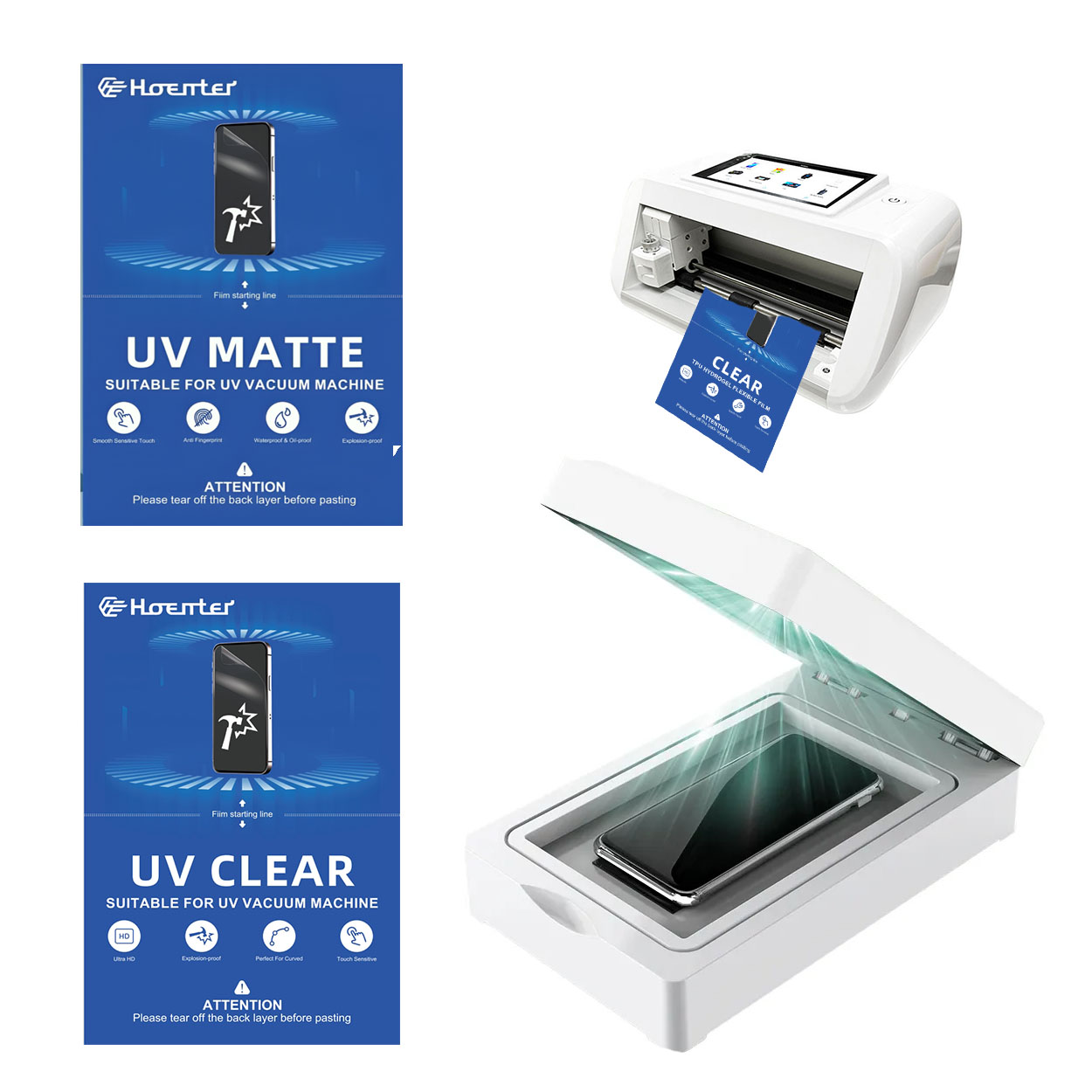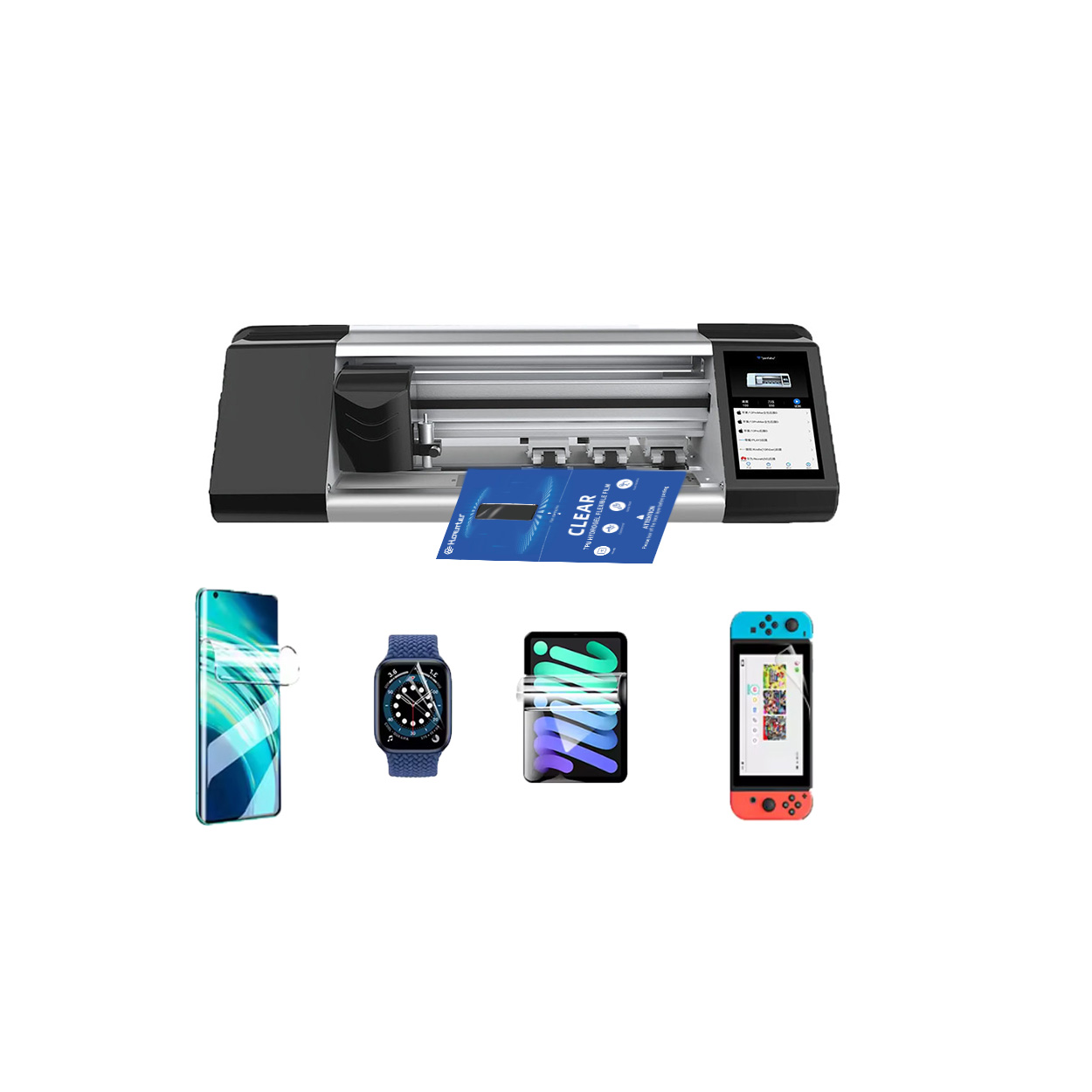
Achieving Precision: Best Practices for a Snug Fit with Screen Protector Cutters
Table of Contents
Extract
Summary
The practice involves utilizing various types of screen protector cutters—manual, laser, die, and craft cutters—each offering distinct advantages in terms of precision, customization, and efficiency. This topic is notable as the growing demand for customized screen protectors has led to advancements in cutting technologies, catering to both individual users and commercial enterprises.
Manual cutters provide hands-on control for personal use, while laser cutters offer high precision suitable for professional settings, significantly reducing the risk of errors associated with manual methods. Die cutters are known for their efficiency in mass production, and craft cutters allow for unique, personalized designs. These tools, when used properly, contribute to a snug fit for screen protectors, essential for preserving device functionality and aesthetics. Best practices in this field emphasize the importance of calibration, routine maintenance, and precise measurement techniques. Calibration ensures that cutting instruments deliver accurate results, while regular maintenance helps maintain performance standards over time. Additionally, understanding the distinction between accuracy and precision is vital, as both play critical roles in achieving the desired outcomes during the cutting process. Controversies in the industry often arise around the trade-offs between cost and precision, particularly for DIY users versus commercial manufacturers. Misalignment and poor fitting of screen protectors can lead to functionality issues, underscoring the necessity for precise cutting techniques and equipment selection. As the market evolves, the integration of advanced technologies and adherence to best practices will remain central to enhancing the quality and precision of screen protector cutting.
Types of Screen Protector Cutters
Manual Cutters
Manual cutters are traditional tools that allow users to manually cut screen protectors to the desired size. These cutters typically feature a sharp blade that can be adjusted for different thicknesses of material.
- Advantages: Manual cutters provide full control over the cutting process, allowing for customization based on individual device dimensions. They are usually more affordable and don’t require any power source, making them convenient for at-home use.
Laser Cutters
Laser cutters utilize high-precision laser technology to cut screen protectors. These machines can accurately cut various materials, including tempered glass and plastic, to fit the exact specifications of different devices.
- Advantages: Laser cutters ensure uniform cuts and high precision, significantly reducing the risk of errors that can occur with manual cutting. They are ideal for businesses that produce large quantities of screen protectors or require exact measurements for professional applications.
Die Cutters
Die cutters are specialized machines that use a pre-made die to stamp out screen protector shapes. This method is efficient for producing large numbers of screen protectors in consistent sizes.
- Advantages: Die cutters are capable of high-volume production and are often used in commercial settings. They allow for rapid production and can reduce waste material, making them an environmentally friendly option for bulk manufacturing.
Craft Cutters
Craft cutters, such as those used for scrapbooking or DIY projects, can also be employed to cut screen protectors. These machines typically work with software that allows users to design their cuts before executing them.
- Advantages: Craft cutters provide flexibility for creative designs and are suitable for users who want to customize their screen protectors with unique shapes or patterns.
Recommendations for Use
Regardless of the type of cutter chosen, it is important to follow best practices for achieving a snug fit. Users should ensure that the screen protector is properly aligned with the device’s screen before cutting, and take care to handle the materials delicately to avoid any damage during the process.

Preparation
Calibration Process
Before beginning any screen protector cutting, it is essential to ensure that all instruments used are accurately calibrated. The calibration process involves several detailed steps to ensure accuracy and reliability. Initially, preparation consists of gathering all necessary tools and reference standards while ensuring that the calibration environment is stable and free from disturbances. This includes having a clean, well-lit workspace with minimal distractions
. The first step in calibration is initial testing, which measures the instrument’s output against a reference standard to establish its current accuracy. If any discrepancies are identified, adjustments to the instrument’s settings must be made to align it with the reference standard. Following this, verification involves re-testing the instrument to confirm that the adjustments have successfully corrected any errors. Finally, thorough documentation of all measurements, adjustments, and results should be maintained to provide a comprehensive record for traceability and future reference.
Routine Maintenance
In addition to calibration, conducting routine maintenance on tools and instruments is crucial for achieving optimal performance. Even calibrated instruments require regular care to ensure they operate at their maximum accuracy and precision. For example, while pH meters may require straightforward maintenance that can be performed by novice users, more sensitive instruments may necessitate professional servicing or shipping parts to manufacturers for repairs
.
Operating in the Appropriate Range
It is also essential to operate instruments within their designated range and with the correct parameters. Misuse of equipment outside of its intended specifications can lead to inaccuracies, making it critical to adhere to manufacturer guidelines and recommendations for optimal results
.
Techniques for Achieving Precision
Achieving precision in screen protector cutting involves a combination of calibrated tools, systematic measurement approaches, and careful execution. By understanding and applying these techniques, one can significantly improve the outcome of the cutting process.
Measurement Systems Analysis (MSA)
One of the most effective methods for ensuring precision is through Measurement Systems Analysis (MSA), which assesses the accuracy and precision of measurement systems. MSA evaluates the variation in measurements taken multiple times, enabling the identification of known and unknown sources of variation
. This comprehensive technique helps establish a reliable baseline, crucial for precise cutting operations.
Tool Calibration
Keeping tools calibrated is paramount for accuracy. Calibration involves adjusting equipment to ensure it measures within an acceptable range
. This practice is vital when selecting cutting tools, such as precision cutters or laser cutters, to guarantee that they operate optimally. For example, using a tool designed for a specific measurement range ensures reliable performance, particularly in applications where high precision is required.
Selecting the Right Equipment
When faced with multiple tools that are all capable of performing the same function, the choice should lean toward the option that offers greater precision. For instance, if choosing between two types of cutters designed for similar tasks, the one with finer adjustment capabilities is typically preferable
. This approach minimizes potential discrepancies in the cutting process.
Understanding Accuracy and Precision
It is essential to differentiate between accuracy and precision in the context of cutting. Accuracy refers to how close a measurement is to the actual target value, while precision indicates the consistency of measurements taken
. To illustrate, if multiple cuts of a screen protector yield very similar dimensions but do not align perfectly with the target size, the cuts are precise but not accurate. Therefore, continuous monitoring of both accuracy and precision is crucial.
Significant Figures in Measurement
When recording measurements, understanding and correctly using significant figures is vital for maintaining precision. Each measurement should reflect the precision of the instruments used, and care should be taken to avoid overstating the accuracy of the data collected
. This practice ensures clarity and reliability in communication regarding measurements, which is essential for quality control in screen protector cutting.
Addressing Variability
While achieving 100% accuracy and precision may be unattainable due to inherent variability from external factors such as environmental conditions or instrument limitations, there are methods to mitigate these effects. Consistent monitoring of the cutting environment and employing best practices can help minimize the impact of these variables
. By integrating these techniques, practitioners can enhance precision in screen protector cutting, leading to more reliable and satisfactory results.

Installation Process
Preparing the Device
Before applying a screen protector, ensure that the device’s display is clean and free of dust and fingerprints. Use a microfiber cloth and a suitable cleaning solution to wipe the screen thoroughly. It is advisable to work in a dust-free environment to minimize particles that may interfere with adhesion
.
Selecting the Right Screen Protector
Choosing a high-quality screen protector specifically designed for the device, such as the Huawei Nova Y60, is crucial. The protector should be tested to ensure it does not negatively impact screen resolution and display sharpness. A good protector should allow features like 3D Touch and in-display fingerprint sensors to function seamlessly
.
Cutting the Screen Protector
Utilize screen protector cutters to achieve a precise fit. Measure the device’s dimensions accurately and input these measurements into the cutter. Ensure the cutter is calibrated to avoid discrepancies that could lead to improper fitting or gaps around the edges
.
Application Process
- Align the Protector: Carefully align the screen protector with the device’s display. Use the edges of the device as a guide, ensuring that it fits snugly without covering any important features like cameras or sensors.
- Apply Slowly: Starting from one edge, gradually apply the protector while pressing down gently to avoid air bubbles. Work your way across the screen, smoothing the protector as you go to ensure even adhesion.
- Remove Air Bubbles: If air bubbles form during application, use a credit card or a similar object to gently push them towards the edges. For stubborn bubbles, lifting the protector slightly and reapplying may help eliminate them.
Final Inspection
After application, inspect the screen protector for proper alignment and adhesion. Ensure that it does not interfere with touch responsiveness and that there are no gaps between the protector and the device’s screen. A well-fitted protector should enhance the device’s longevity and display quality, maintaining its clarity and function over time
.
Maintenance and Troubleshooting
Maintaining the accuracy and functionality of screen protector cutters is essential for achieving precision in production. Regular maintenance helps prevent equipment degradation and ensures that calibration remains within required specifications. As components age or experience wear, they may drift from their published specifications, necessitating frequent checks and calibration to maintain performance standards
.
Importance of Regular Calibration
Calibration is critical for ensuring that equipment continues to meet the operational standards established during installation. As part of a well-designed calibration program, it is advisable to regularly assess the performance of the cutter, especially after maintenance or significant use
. The cost of calibration can vary significantly, influenced by the type of instrument and its features, making it essential for operators to evaluate their specific needs against potential expenditures.
Troubleshooting Common Issues
When issues arise with screen protector cutters, effective troubleshooting can mitigate downtime and improve productivity. Common problems may include inaccuracies in cuts, equipment malfunctions, or failure to operate within established parameters.
- Identify the Problem: Determine the nature of the issue by examining the equipment and reviewing operational data.
- Check Calibration: Ensure that the cutter is calibrated correctly. If it is not, recalibrate it according to the manufacturer’s specifications.
- Inspect Components: Look for wear or damage in key components, such as blades and alignment guides, as these can affect performance.
- Review Maintenance Logs: Analyzing past maintenance records can provide insights into recurring issues and help identify patterns in equipment failure.
Best Practices for Maintenance
To ensure longevity and optimal performance of screen protector cutters, consider the following maintenance best practices:
- Regular Cleaning: Keep the equipment free from dust and debris, which can interfere with its operation.
- Scheduled Calibration: Implement a routine calibration schedule based on usage and manufacturer recommendations to prevent accuracy drift.
- Training Staff: Ensure that all operators are well-trained in both operation and basic troubleshooting techniques to enhance team efficiency and response to issues. By following these maintenance and troubleshooting guidelines, operators can minimize downtime, reduce costs, and enhance the overall productivity of their screen protector cutting processes.

Screen Protector Cutter
Comments
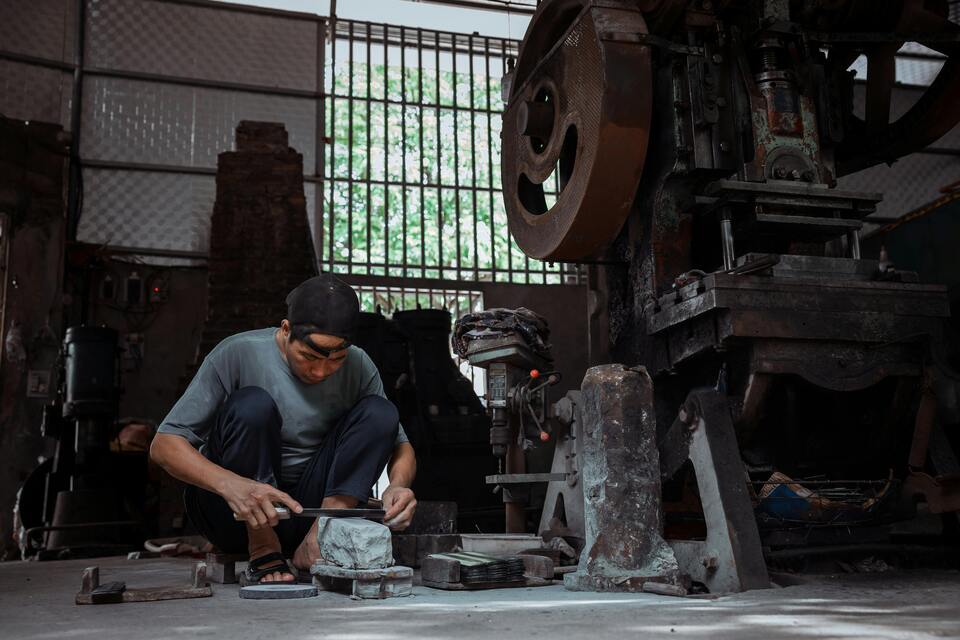
Are Hydrogel Screen Protectors Any Good?
Both hydrogel and tempered glass screen protectors have their merits. Your choice should depend on your specific needs and preferences.
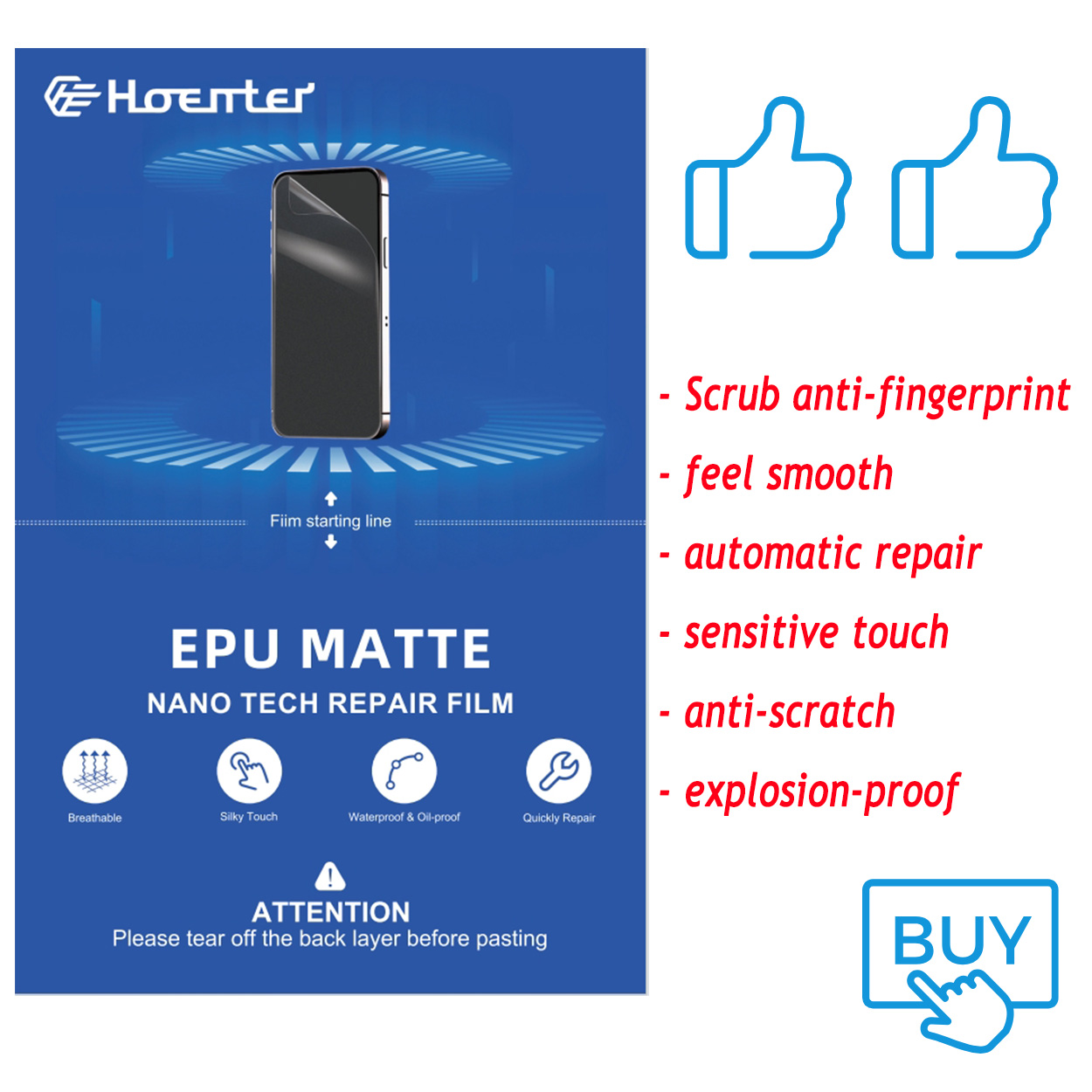
Stock the Best: Self-Healing EPU Matte Screen Guard
Offer your customers the best! Self Healing EPU Matte Screen Guards provide unbeatable protection and a premium feel. Wholesale inquiries welcome.

The Manufacturing Process- Inside a Screen Protector Factory
The manufacturing process of screen protectors combines material science, technological innovation and environmental responsibility. As technology advances, the industry is constantly addressing challenges related to sustainable development while providing device protection.
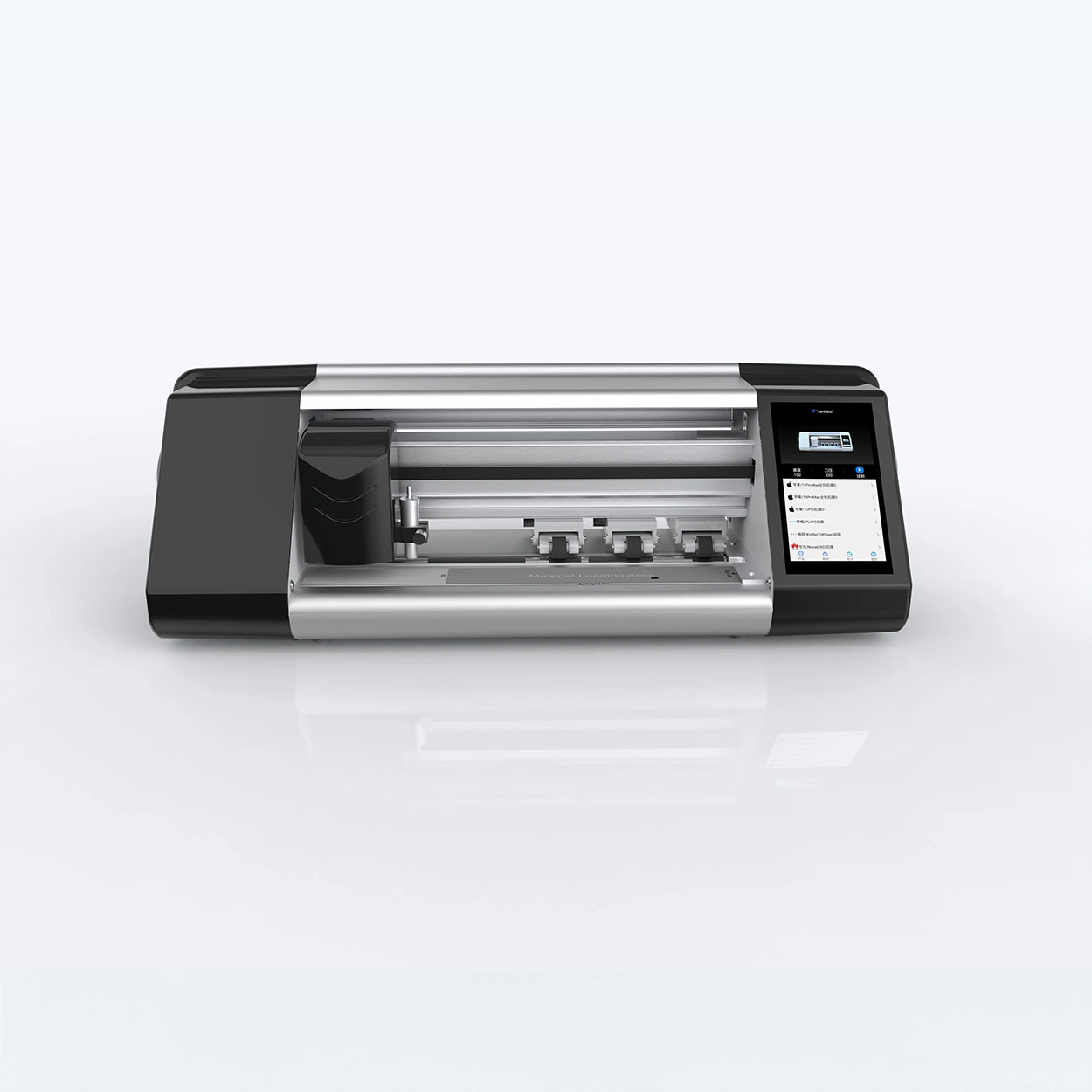
Wholesale Hydrogel Screen Protector Cutting Machine
Home Email What’sApp Product Parameters CONTROL:APP control / Bluetooth LCD TOUCH SCREEN : 5.5″ HD with system CONNECTION : WIFI

DIY vs Professional: Is a Screen Protector Cutter Worth the Investment?
DIY screen protectors allow for customization and potential cost savings, while professional options promise superior clarity, ease of installation, and enhanced durability.
Tags
Find All knowledge and trends from our blog, get the wholesale price and best quality from our factory.
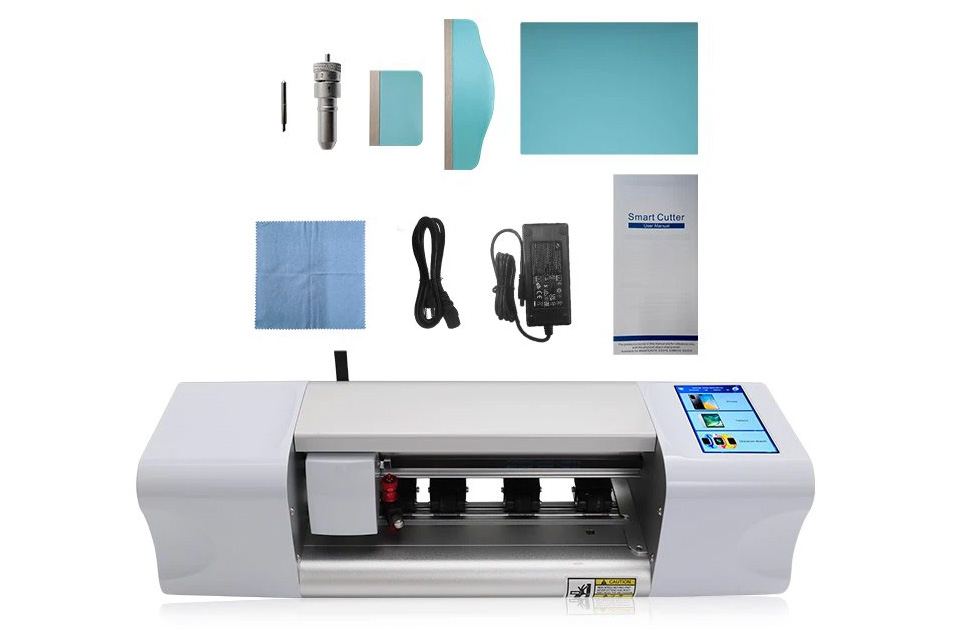
What Film Cutting Machine and Its Application
Film cutting machines have played a crucial role in the evolution of filmmaking and various industrial processes by enabling precise cutting and splicing of film materials.
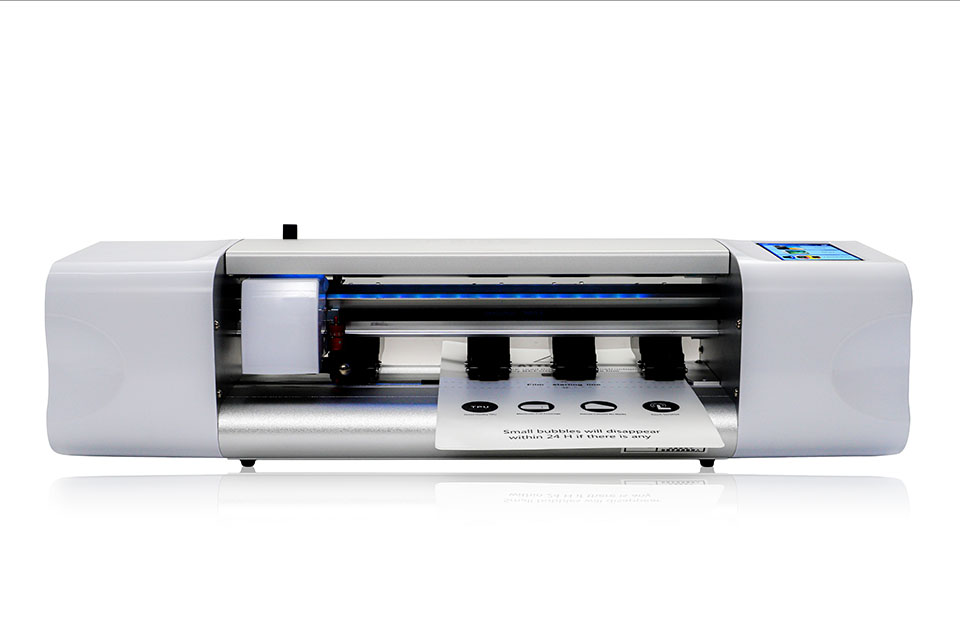
What Is a Screen Protector Cutting Machine?
A screen protector cutting machine is a specialized device designed to produce custom-fit screen protectors for various electronic devices, including smartphones, tablets, smartwatches, laptops, and monitors.
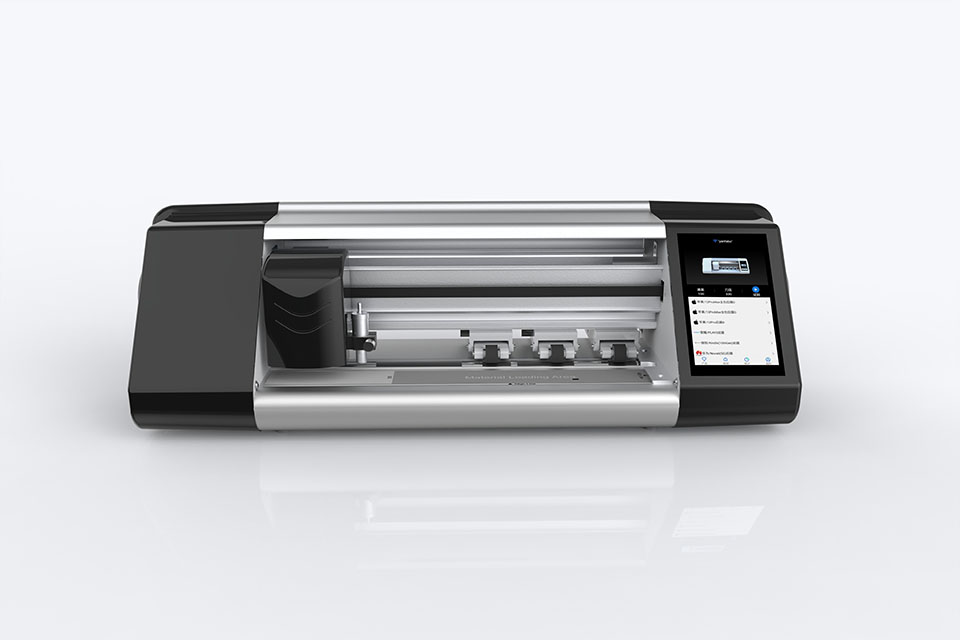
How Mobile Phone Screen Protector Cutting Machine Work?
A mobile phone screen protector cutting machine is a sophisticated device designed
to produce customized screen protectors for various digital devices with high preci
sion and efficiency.
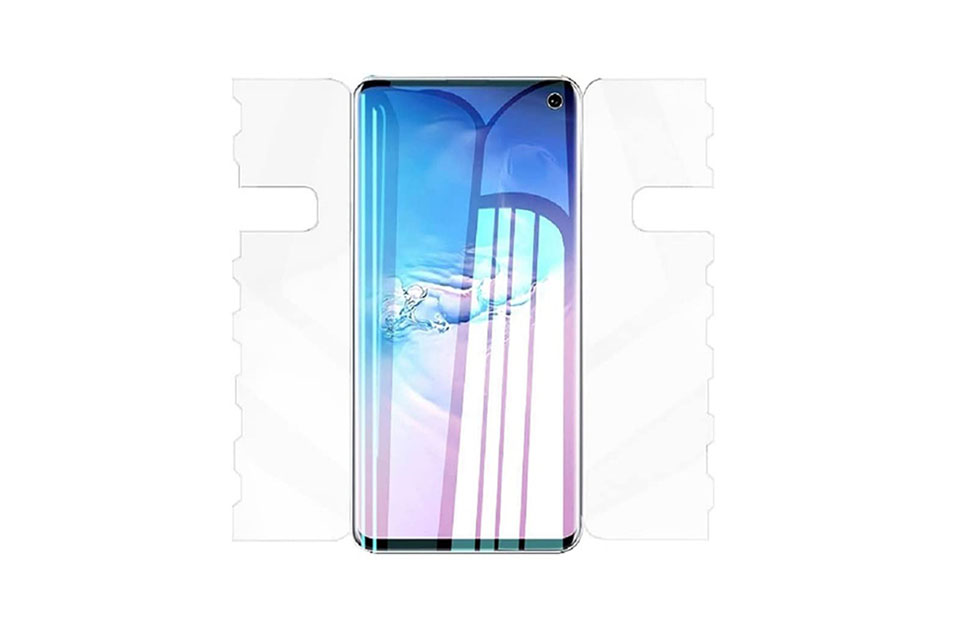
Characteristics of Mobile Phone Tempered Glass and Mobile Phone TPU Screen Protector
Thermoplastic polyurethane (TPU) screen protectors are flexible, durable, and
self-healing plastic films designed to protect electronic device screens from
scratches, impacts, and other potential damages.
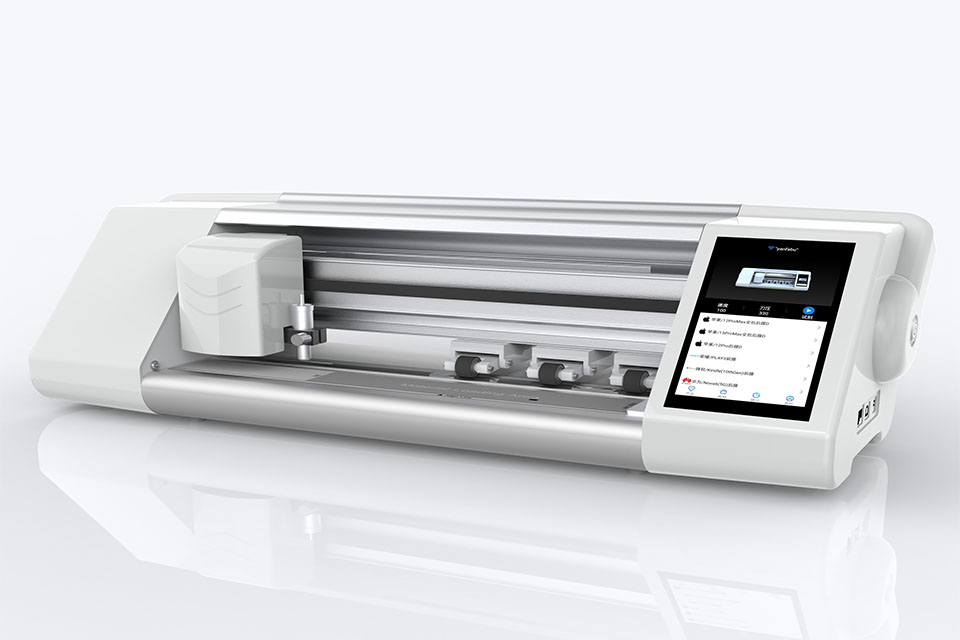
Revolutionize Device Protection with Screen Guard Cutting Machine
Whether you possess a smartphone, tablet, or smartwatch, this versatile machine accommodates a vast array of devices. It seamlessly adapts to the dimensions of your gadget, offering a custom fit that generic protectors can’t match.

Screen Protector Lifetime Warranty
A screen protector lifetime warranty is a guarantee provided by manufacturers that
promises to repair or replace a screen protector for the lifetime of the product, under specific terms and conditions.


